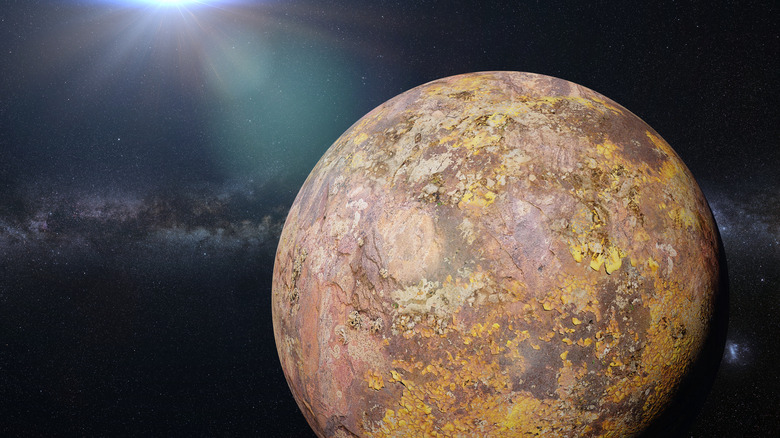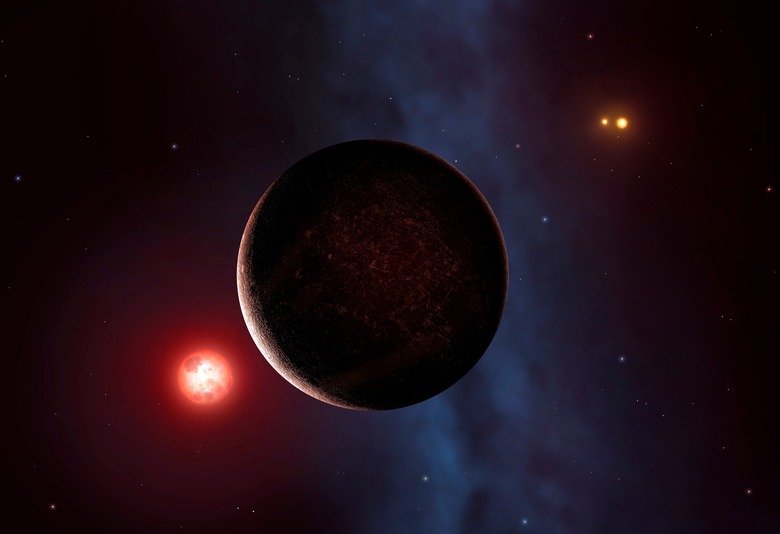Astronomers Discovered A New World Orbiting Close To Our Solar System
Astronomers believe they have discovered a new world orbiting Proxima Centauri. Proxima Centauri is the closest star to our Solar System. It's located roughly 4 light-years away. As such, it has long been the center of speculation and plans to visit if we ever venture beyond our own Solar System. Now, with the discovery of a third world orbiting Proxima Centauri, the fires of imagination may have been stoked once more.
We might have found another world orbiting Proxima Centauri
The discovery of the new world, called Proxima d, happened by chance. João Faria, the lead author on a new study about the world, was working with his team to prove another planet called Proxima b actually existed. The team used the European Southern Observatory's Very Large Telescope (or VLT) to search for the planet. While looking for Proxima b, they discovered evidence of yet another world orbiting Proxima Centauri.
"It can as a surprise initially," Faria told The Verge. Once they found it, the team continued to watch the star between 2019 and 2021. More importantly, the team watched the wobbles that Proxima Centauri experiences. This helped with the discovery of Proxima b in 2016. Because planets have a gravitational effect on their stars, their presence can often cause the star to wobble slightly. This is usually a pattern that astronomers use to spectate stars from Earth. Using the data they found, Faria and his team determined that Proxima d could likely exist. It's also believed that it could be the same distance from Proxima Centauri as Mercury is from our Sun.
Just a candidate
Of course, this discovery is not absolute. We don't have any actual proof that the new world orbiting Proxima Centauri actually exists. As such, all we can do is continue to make observations about it. And, hopefully, one day we can travel to the star and see the planets directly.
Of course, Proxima d isn't the only candidate that the star has given us. As mentioned above, Proxima b is a candidate discovered in 2016. That particular planet is located in Proxima Centauri's "habitable zone". That means the temperatures could be stable enough for water to pool on the planet's surface. Again, though, we have no proof of its existence other than the observations astronomers have made.
Astronomers found yet another world orbiting Proxima Centauri a few years after Proxima b. They named this one Proxima c. Faria believes this newest discovery, Proxima d, is most likely an exoplanet. These planets are exceptionally hard to discover. They are usually drowned out by the light of the stars that they orbit around, making them hard to spot. As such, we can really only infer that the world is there, at least for now.

